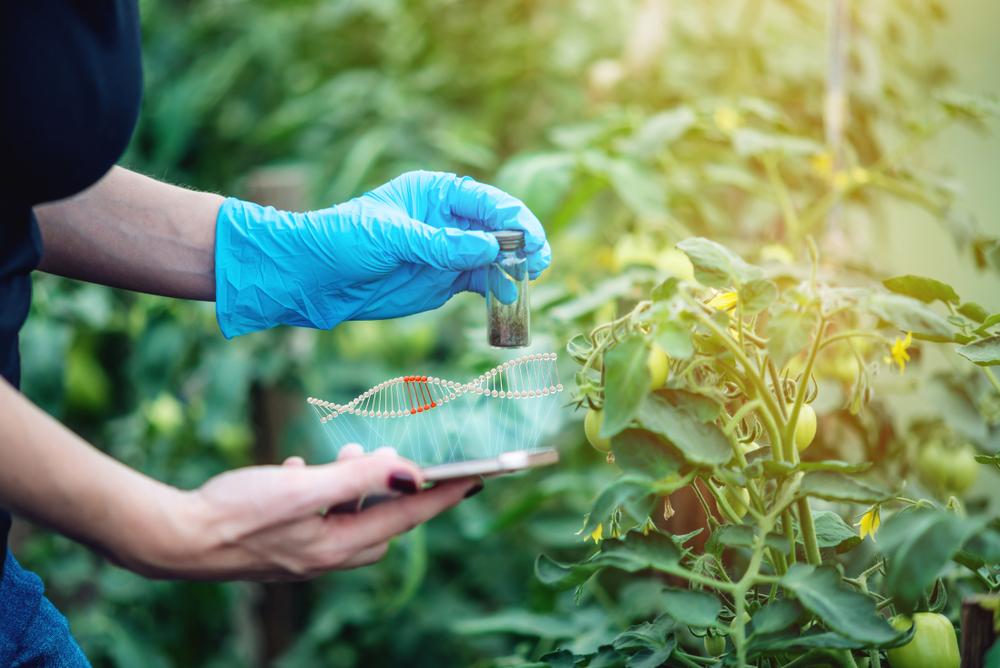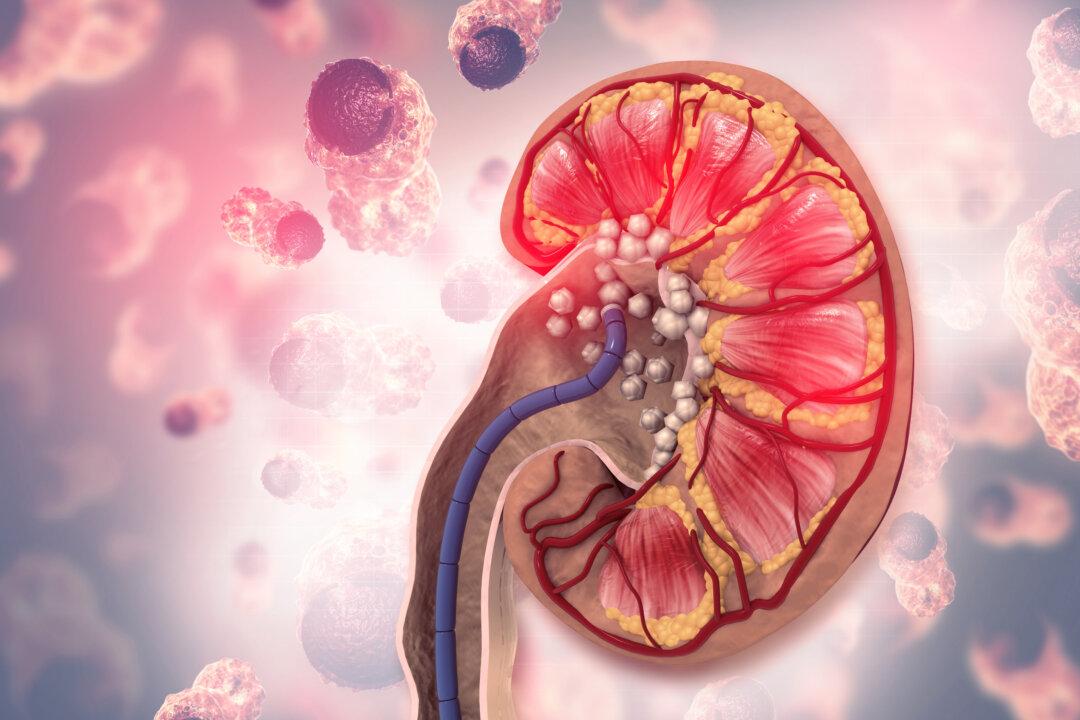Gene editing has long been primarily used for research, treatment, and disease prevention. Currently, this technology is increasingly being applied to modify agricultural products to create more “perfect” species. More and more genetically edited foods are appearing on the market, including high-nutrient tomatoes and zero-trans-fat soybean oil.
Some argue that gene-edited foods are safer than genetically modified (GM) foods (pdf). The U.S. Department of Agriculture (USDA) specified in 2018 that most genetically edited foods do not need to be regulated. However, are these foods, which will increasingly appear on the table, really risk-free?






